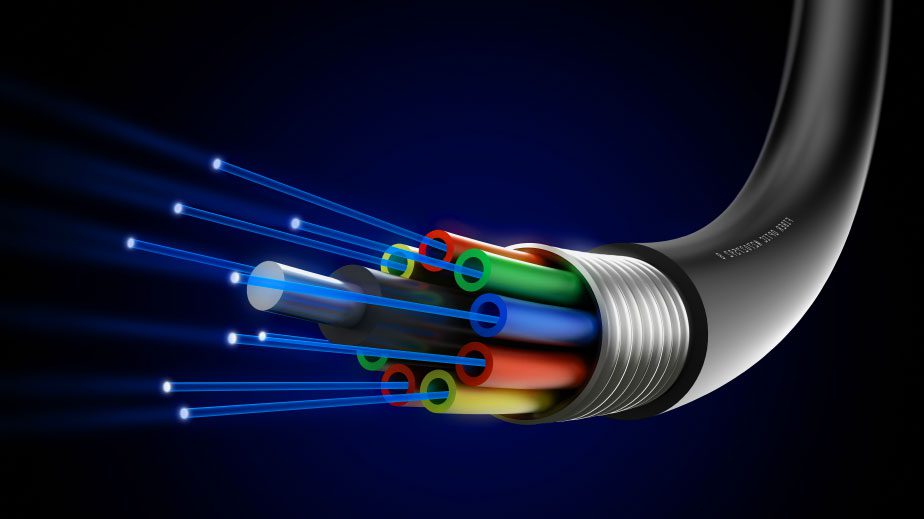It’s faster than fiber optic cable.
Tech might be on the verge of severing the cables. Scientists have found a way to transfer data through “twisted light”, allowing not only for cable-less transfer, but a much greater amount of data than current networks. And the best part is that it will survive interference by things like turbulent air. According to the University of Glasgow:
Scientists can ‘twist’ photons – individual particles of light – by passing them through a special type of hologram, similar to that on a credit card, giving the photons a twist known as optical angular momentum.
While conventional digital communications use photons as ones and zeroes to carry information, the number of intertwined twists in the photons allows them to carry additional data – something akin to adding letters alongside the ones and zeroes. The ability of twisted photons to carry additional information means that optical angular momentum has the potential to create much higher-bandwidth communications technology.
Scientists in Germany have already tested such a connection across a mile-long stretch of urban environment, and the technology looks promising. Sadly, it’ll be a while before it’s ready to go in the real world. And it’s pretty much a long distance outdoor technology; things like walls and artificial lighting get in the way. But it’s definitely a way of getting internet access to rural areas for a much lower cost than laying wire all the way. Free space twisted light internet connections may be the next big step forward in data transfer.
Sources: Engadget, University of Glasgow

